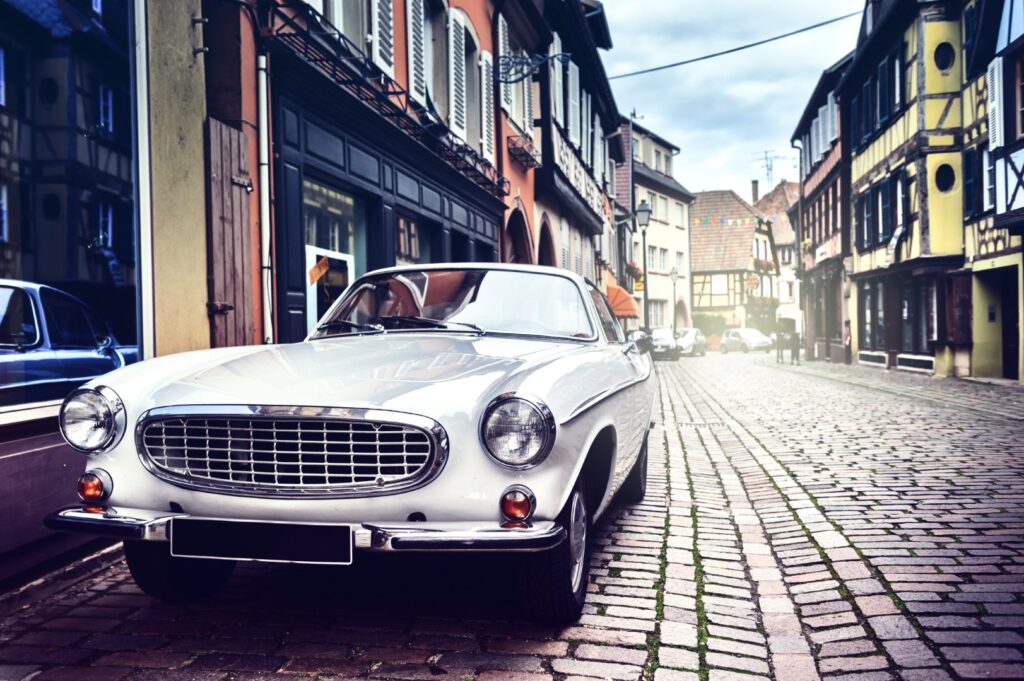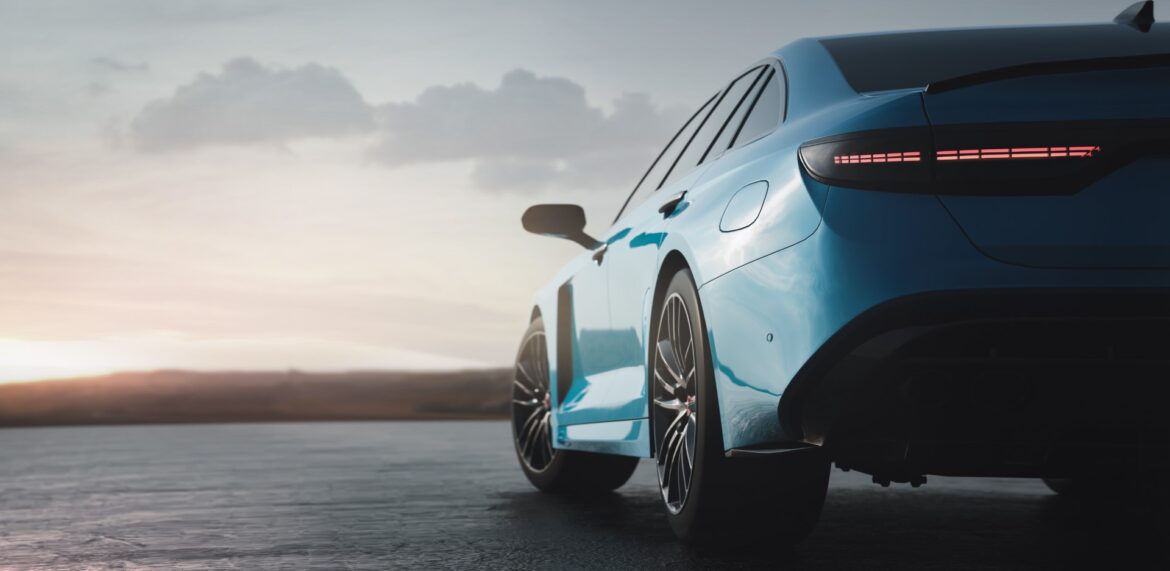Sports cars have been an icon of the automotive industry since their inception, with their sleek designs, high-performance engines, and top-notch handling capabilities. Throughout the years, sports cars have evolved to meet the demands of drivers and technology, and have become a symbol of speed, luxury, and power. In this blog, we’ll take a look at the evolution of sports cars from the past to the present.

1930s – 1950s
The first sports cars were produced in the 1930s, with companies such as Alfa Romeo, Bugatti, and Porsche leading the way. These early sports cars were typically lightweight and agile, with engines producing between 50 and 100 horsepower. They were designed for racing and were often used in endurance events like the 24 Hours of Le Mans.
1960s – 1970s
In the 1960s and 1970s, sports cars became more powerful and luxurious, with companies like Ferrari, Lamborghini, and Porsche leading the way. The introduction of mid-engine designs, like the Ferrari Dino and Lamborghini Miura, allowed for better weight distribution and handling. The Porsche 911, which was introduced in 1963, became one of the most iconic sports cars of all time, with its rear-engine layout and distinct design.
1980s – 1990s
In the 1980s and 1990s, sports cars continued to evolve, with the introduction of turbocharging and electronic fuel injection. This allowed for greater horsepower and improved acceleration. Companies like Porsche, Ferrari, and Lamborghini continued to produce high-performance sports cars, while newer companies like Mazda and Nissan entered the market with cars like the RX-7 and the 300ZX.
2000s – Present
In the 2000s, sports cars continued to evolve, with a focus on improving performance and fuel efficiency. Companies like Porsche, Ferrari, and Lamborghini introduced hybrid and electric sports cars, while newer companies like Tesla and Rimac produced high-performance electric sports cars. Advancements in technology also allowed for better handling and safety features, such as traction control and airbags.

Conclusion
Throughout the years, sports cars have evolved to meet the demands of drivers and technology. From the lightweight and agile sports cars of the 1930s to the powerful and luxurious sports cars of today, the evolution of sports cars has been a testament to the ingenuity and innovation of the automotive industry. With new technologies and advancements on the horizon, it’s clear that the evolution of sports cars is far from over.

